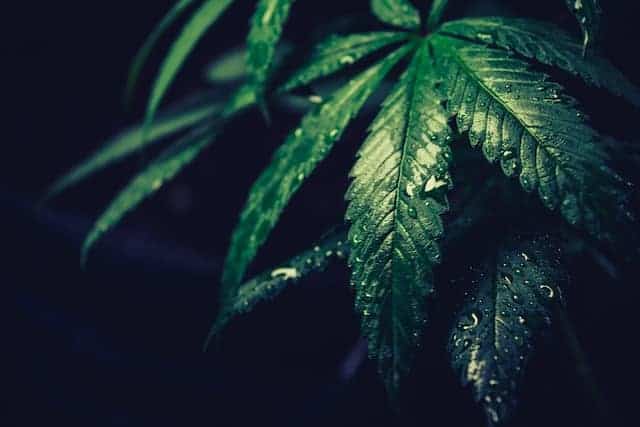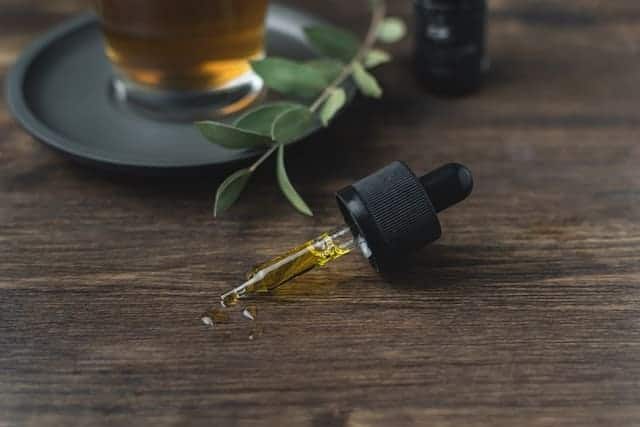CBD is very new to the market and has become exceptionally popular in a relatively short period of time. As a result of its extreme popularity – driven by an interest in CBD’s potential ability to heal a variety of physical and emotional issues – more and more people have suddenly expressed an interest in purchasing CBD. However, as a result of its newfound popularity, many people have asked some of the most basic questions about CBD. What, exactly, does CBD do? What are CBD’s benefits? And what does CBD stand for?
That last question is very easy to answer!
CBD stands for cannabidiol. Cannabidiol – or CBD – is a type of cannabinoid – one of the roughly 100 that have been identified by scientists or researchers. Indeed, there are many commonly known cannabinoids that go by different abbreviations that are related to their names, including:
- THC, or tetrahydrocannabinol
- CBN, or cannabinol
- CBG, or cannabigerol
- CBL, or cannabicyclol
It is easier to refer to these cannabinoids by their abbreviations, so that’s what happens to most of them. These cannabinoids all interact with your Endocannabinoid System, a part of the body that is known for the regulation of various bodily sensations, including stress, temperature, hunger, pain, fatigue, and more. The job of the Endocannabinoid System is to keep these symptoms in some sort of homeostasis, so by impacting your Endocannabinoid System, your body may alter these various functions. At the moment, researchers and scientists believe that this is how CBD can impact your body and may help to explain some of its apparent impacts on how you feel.
What is the difference between CBD oil and cannabidiol?
It’s a small difference, but an important one. Cannabidiol is the actual name of the cannabinoid that you ingest, while CBD oil is the actual product that is purchased, sold, and consumed.
Why does this matter? Because you can never consume “pure” CBD. Both Full and Broad Spectrum CBD oil contain various components, including naturally-occurring terpenes, flavonoids, and a variety of cannabinoids. Of course, the most prominent cannabinoid in CBD oil is CBD itself.
The main difference between Full and Broad Spectrum CBD oil is that Full Spectrum CBD contains up to .3% THC. Broad Spectrum CBD contains no THC.
Even CBD that is available in its purest form – CBD Isolate – isn’t 100% CBD, but closer to 95-98%.
How much CBD is in CBD oil?
There is no set amount, per se – indeed, the levels can vary broadly, depending on the quality and quantity of the CBD which you purchase. However, the most important thing is that you read the lab report that has been produced by the CBD vendor in question. Unfortunately, at the moment, the United States Food & Drug Administration has yet to release full consumer protections or regulations for CBD. This includes labeling requirements, and this means that it is far too easy for dishonest CBD sellers to create products that are mislabeled.
This isn’t idol speculation – it’s already happened and happened repeatedly. A 2017 University of Pennsylvania study found that nearly 70% of the CBD products it tested were mislabeled for a variety of products, including THC levels. This can present huge problems to users and damages the credibility of the CBD industry as a whole. Thankfully, there are ways that consumers can still safely consume CBD while also monitoring for the levels of various cannabinoids, including CBD and THC. Many CBD vendors rely heavily on third-party CBD testing, a process in which vendors may provide a publicly available lab report about the contents of a CBD batch. Consumers are encouraged to only purchase CBD products that have such a report available – this ensures that they are only using CBD that is accurately labeled.
Most Recent Tested products

















Leave a Comment